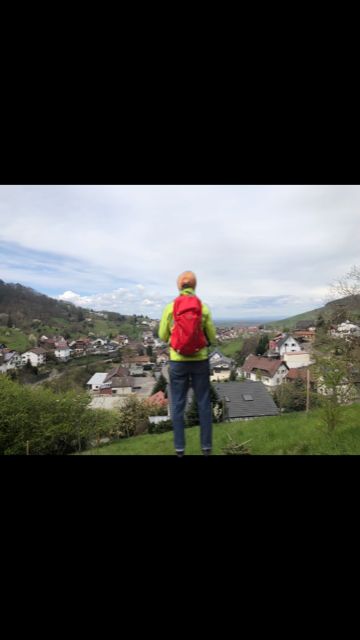Jever
প্ৰকাশিত: 05.07.2024
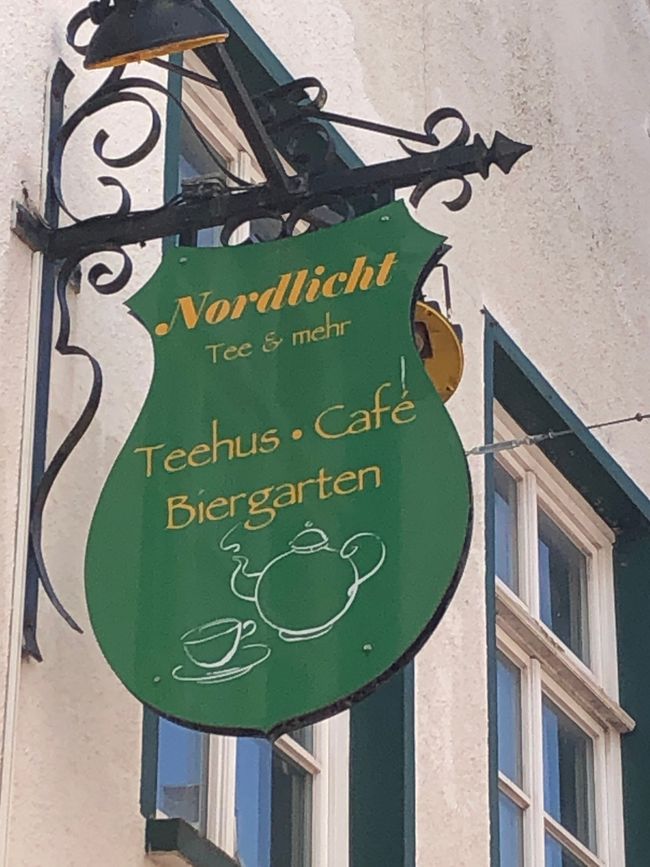
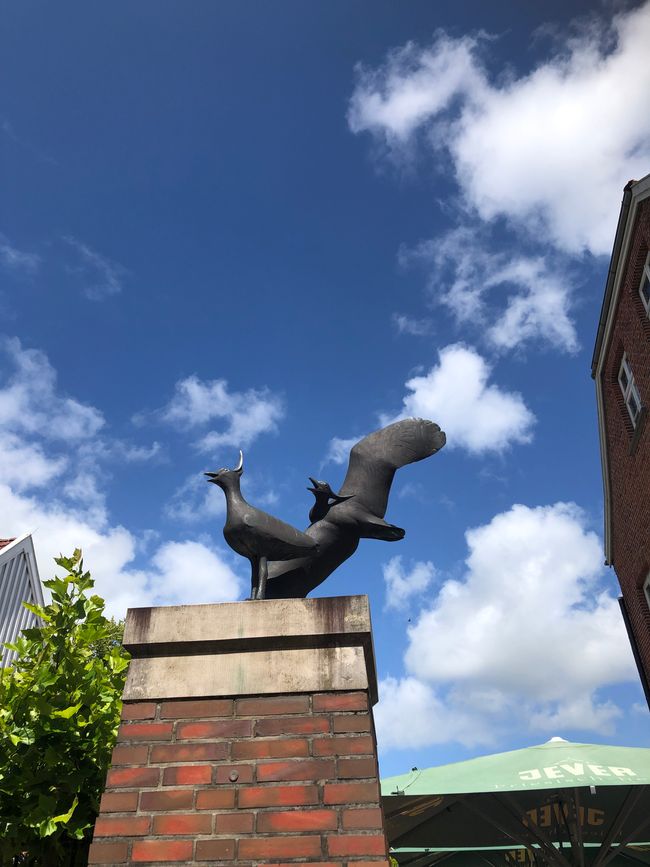
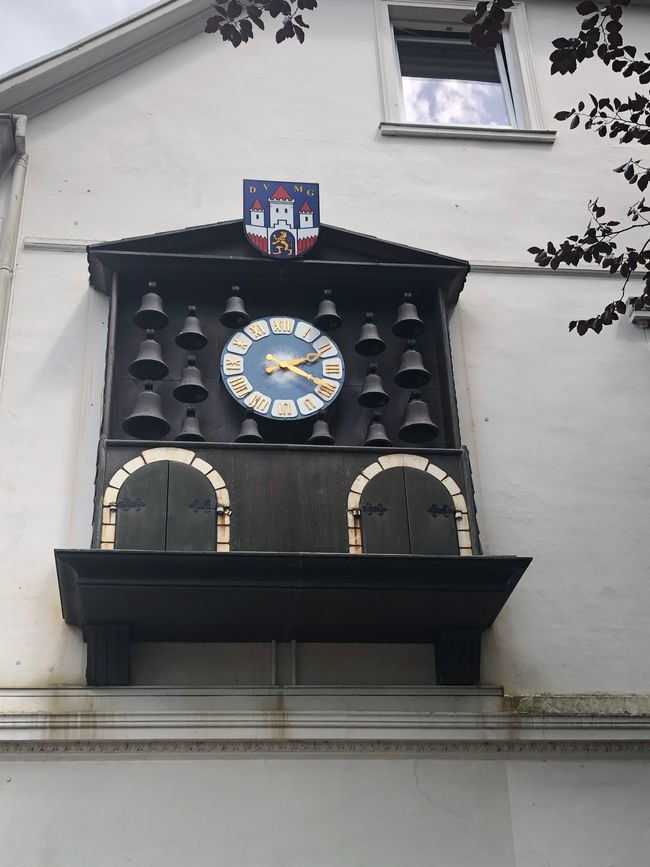
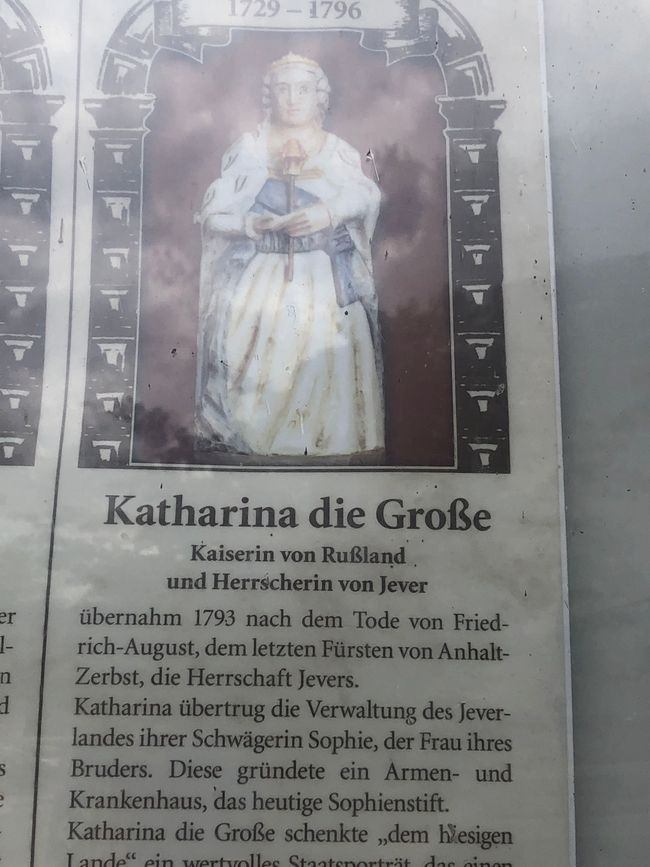
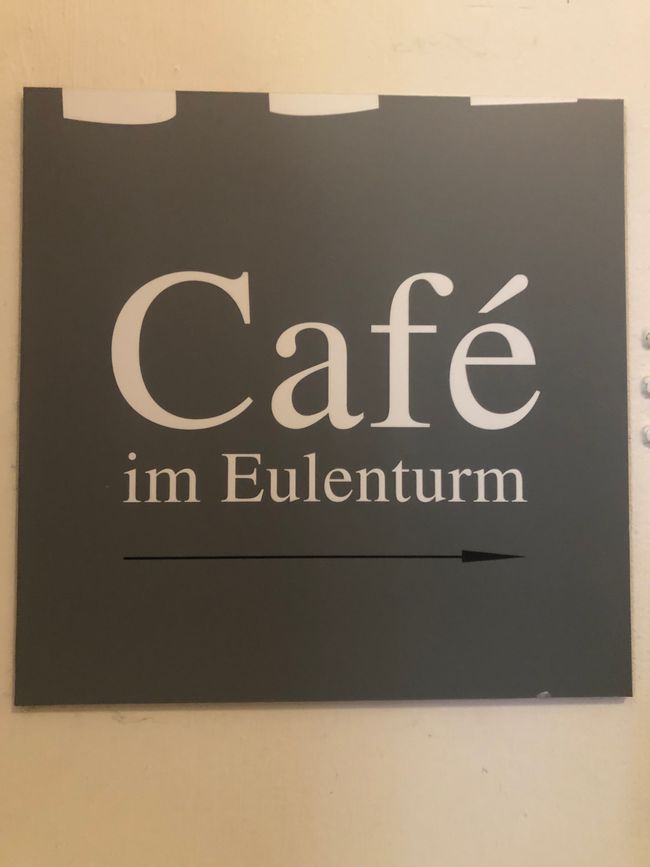
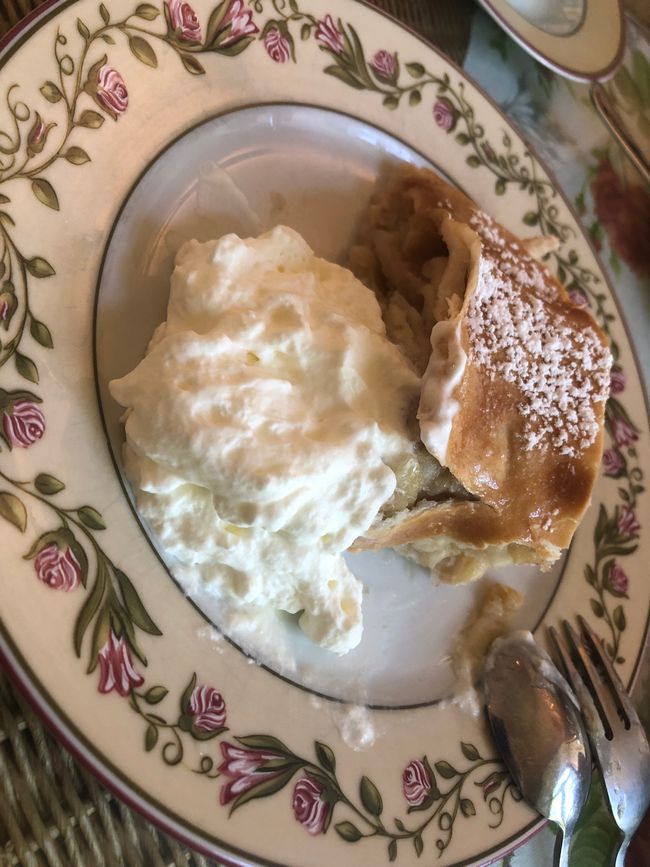
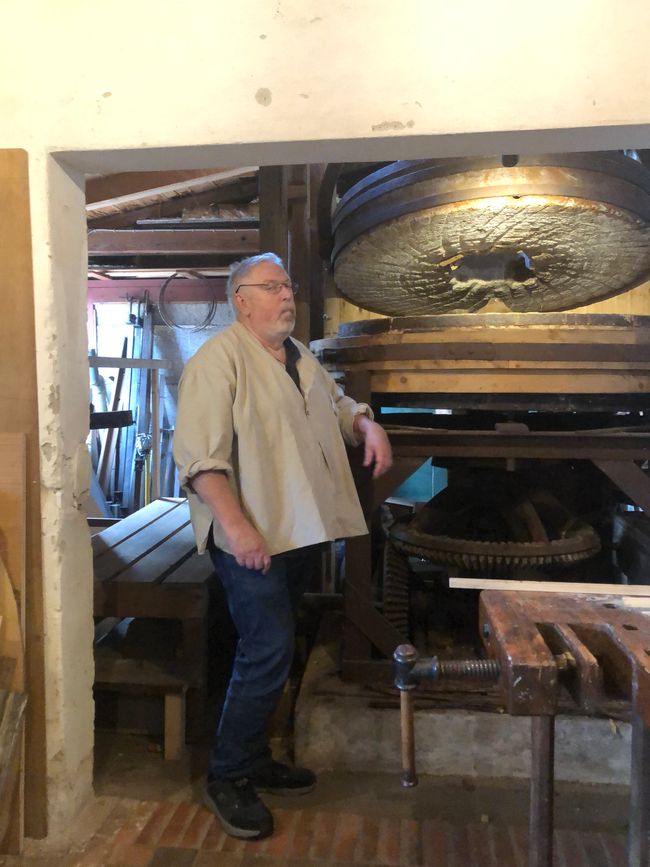
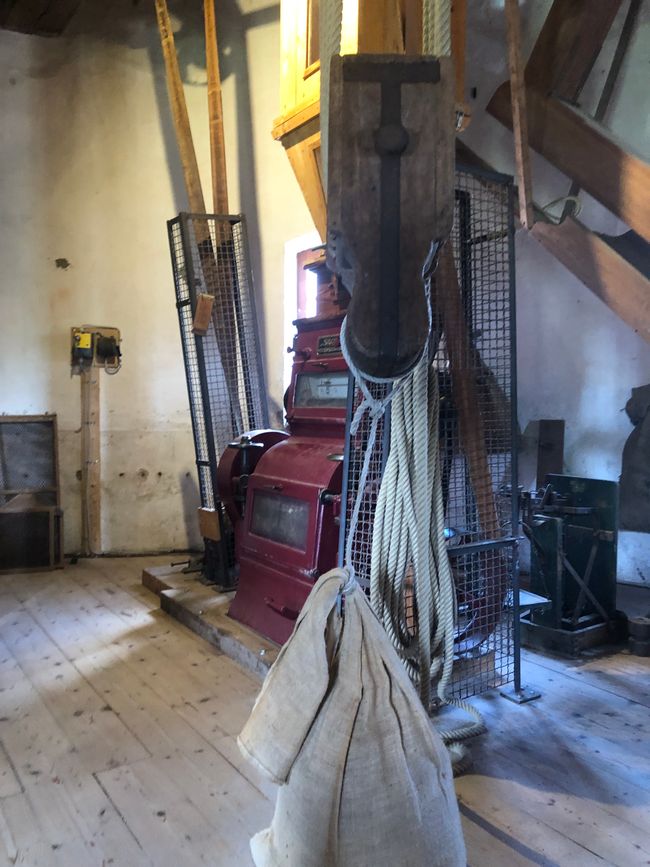
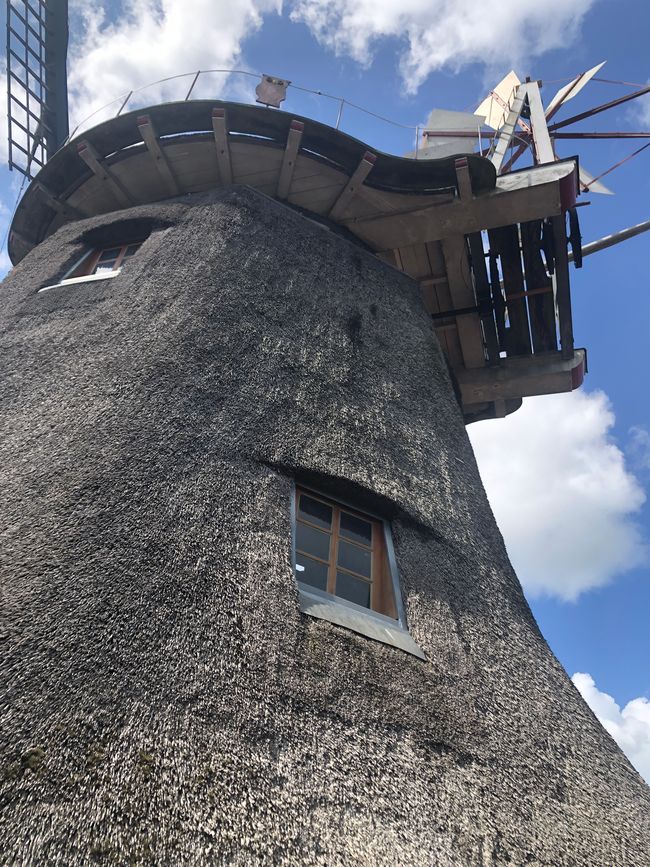
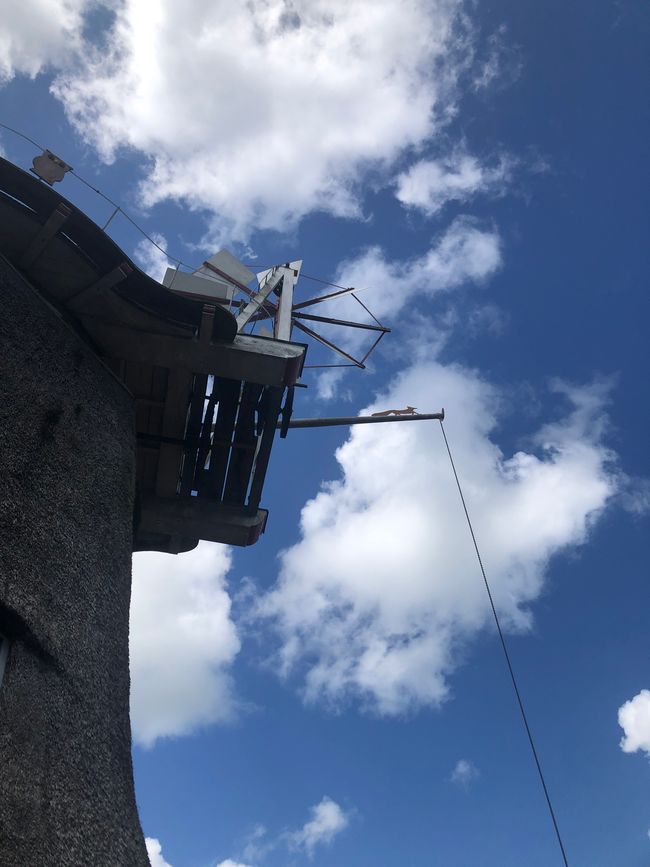
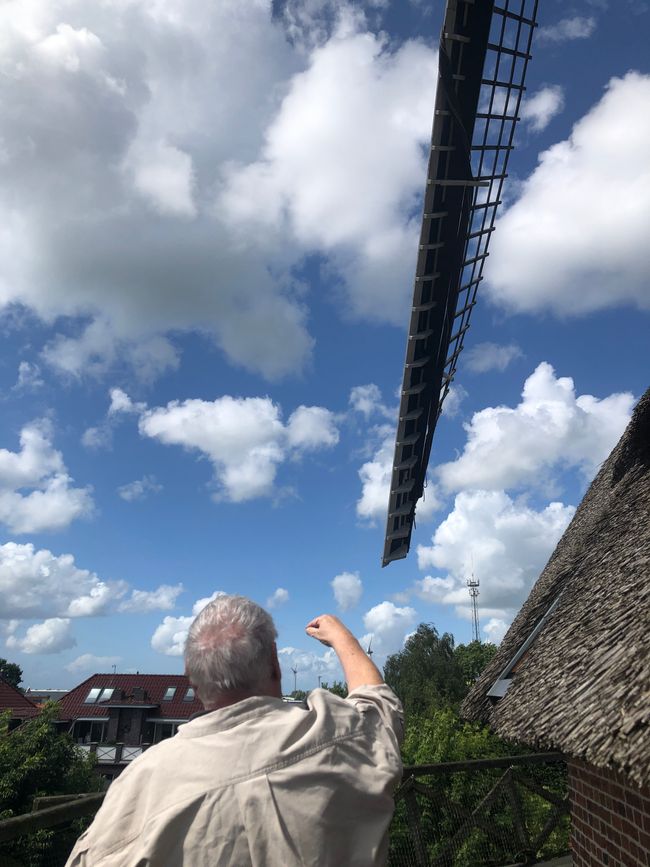

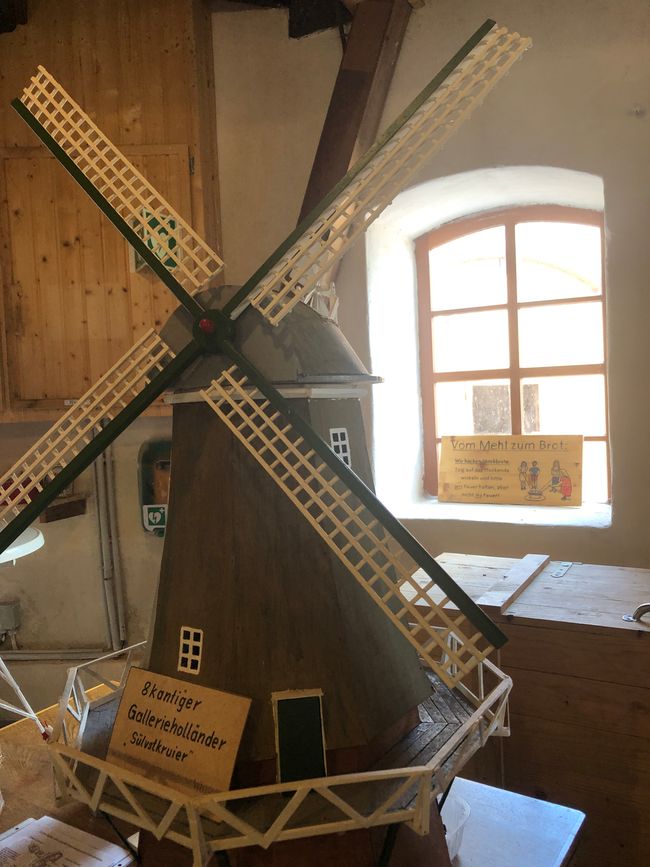

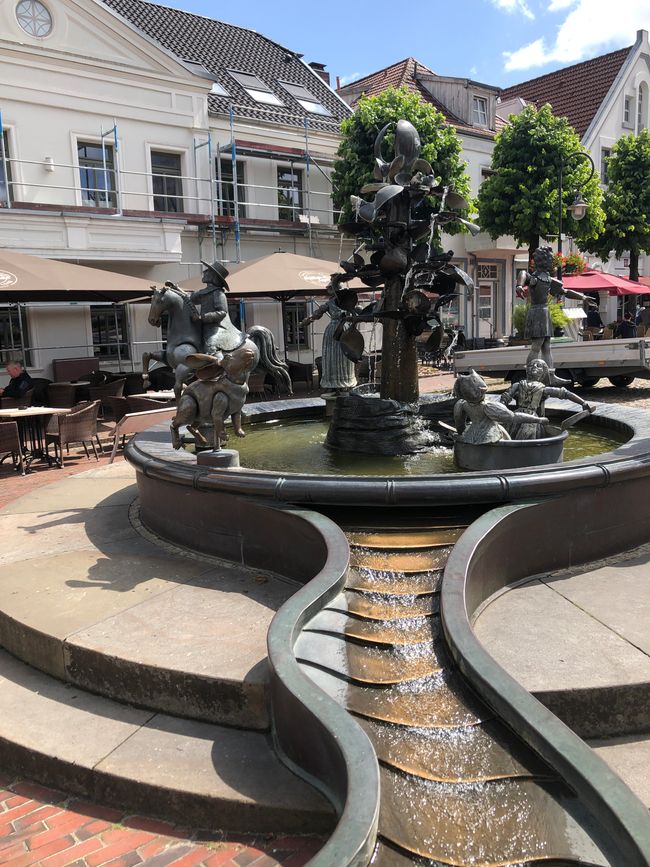
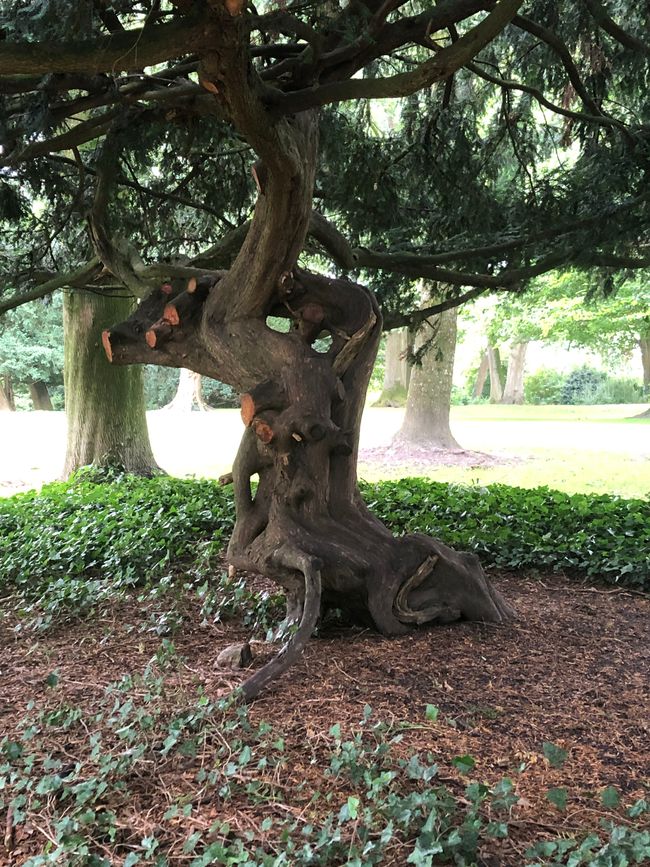

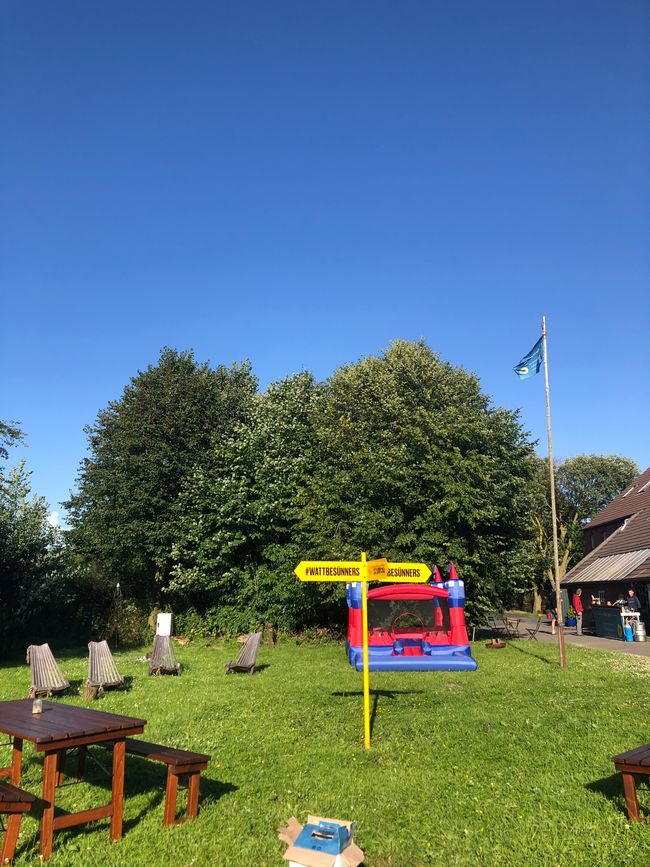
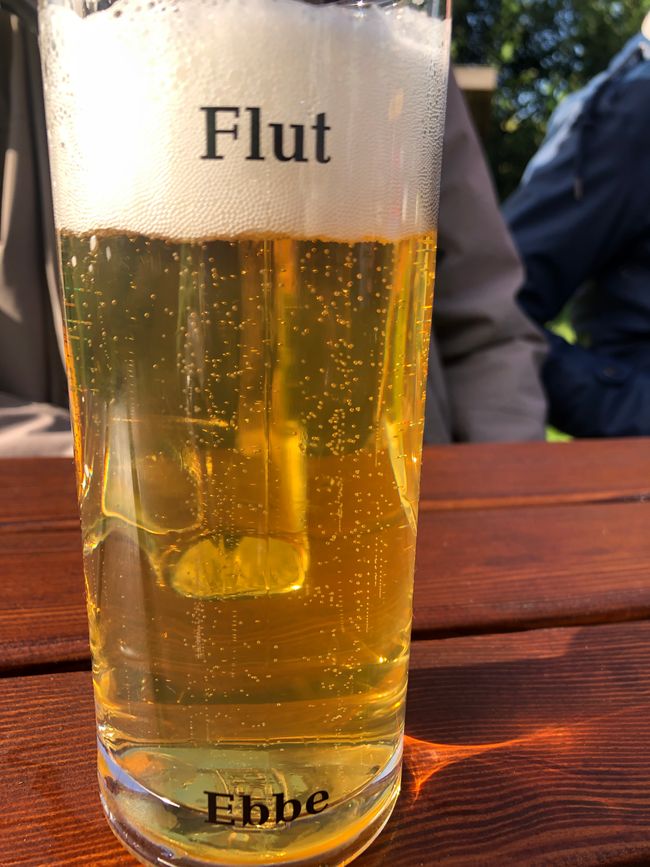
নিউজলেটাৰ চাবস্ক্ৰাইব কৰক
Jever
Now comes a little lesson in German for Germans:
Everyone over the age of 18 knows the saying from advertising: Like the country, like the Jever (advertising slogan from the 80s). Unfortunately, in most parts of Germany it is pronounced JEWER. So I'm going to speak up for the city and the beer. It is pronounced Jever. No W anywhere. The nice man at the tourist information office explained it like this: Nobody says Water instead of Vater. Logical, right?
Through a small, beautiful pedestrian zone, past a small square with restaurants and a Kibitz fountain, then towards the castle, which I had never read or heard of before. The story behind it is quite interesting. After the death of Maria von Jever, the Jeverland - and thus also the castle - fell to the Counts of Oldenburg. Today the castle is a museum, is surrounded by a very well-kept garden and houses a café with delicious cakes that change daily. The CAFE` IN THE EULENTURM is definitely worth a visit. In the castle garden, a circle of bee-friendly flowers was sown around some trees and it remained untouched by mowing work.
The fairytale fountain with a small stream offers a little variety for children of all ages. Movable joints have been built into many of the joints. This makes it possible to turn the horse's hooves in a different direction, as well as the hands of all the figures. Since it is a fountain, the water also runs downwards; however, it is not drinking water.
There was also a carillon on the west side of the HOF VON OLDENBURG hotel. The explanation for this was given on panels. Catherine the Great was also once the ruler of Jever (1729-1796). I didn't know that either.
There was still plenty of time before dinner, so we set off for the Schlachtmühle. It is a two-story gallery windmill, the hood of which weighs 14 tons and rests freely. The wings to which the sails are attached for light winds are also impressive. It was only a short walk and it was worth it.
The volunteer from the mill association, Mr. Nowak, took us on a really great and very detailed tour for €3. Before we went into and onto the mill, we were able to look at treasures from the past. Lots of tools from various professions were donated and collected in the large barn. Everything was explained really well. What I liked best in the mill was the largest vacuum cleaner in East Frisia. The dust that kept being created had to be "collected" because a flour dust explosion could have happened at any time. We learned something new again. The huge millstones were also impressive. The way these were then brought up to the second level is sure to impress all visitors. It is also sure to be interesting and educational for children to get a tour like this.
In front of the mill there is a table on which a mill game has been built with stones. This is where the Schlachtmühle comes full circle. The name has nothing to do with a butcher, by the way. The name "Schlachte" goes back to its former location in the Jever harbor. Since then it has been moved twice; a fire destroyed it in 1732 and in 1847 it was so dilapidated that it was rebuilt at its current location.
Another fountain (Kibitz fountain) tells the story of the "Faithful Ones of Jever". These gentlemen were admirers of Bismarck and wanted to express their special admiration by sending him a box with 101 kibitz eggs every year for his birthday on April 1st. Anyone who thinks evil of this is a rogue.
In Carolinensiel we got back on our bikes and headed to Gulfhof Friedrichsgroden. There we celebrated the first festival of the year with delicious beer from here, TIDE, Deichlamm bratwurst, sunshine and music. Unfortunately the beer is only sold directly there. It was a nice end to a dry day.
See you soon!
নিউজলেটাৰ চাবস্ক্ৰাইব কৰক
উত্তৰ

